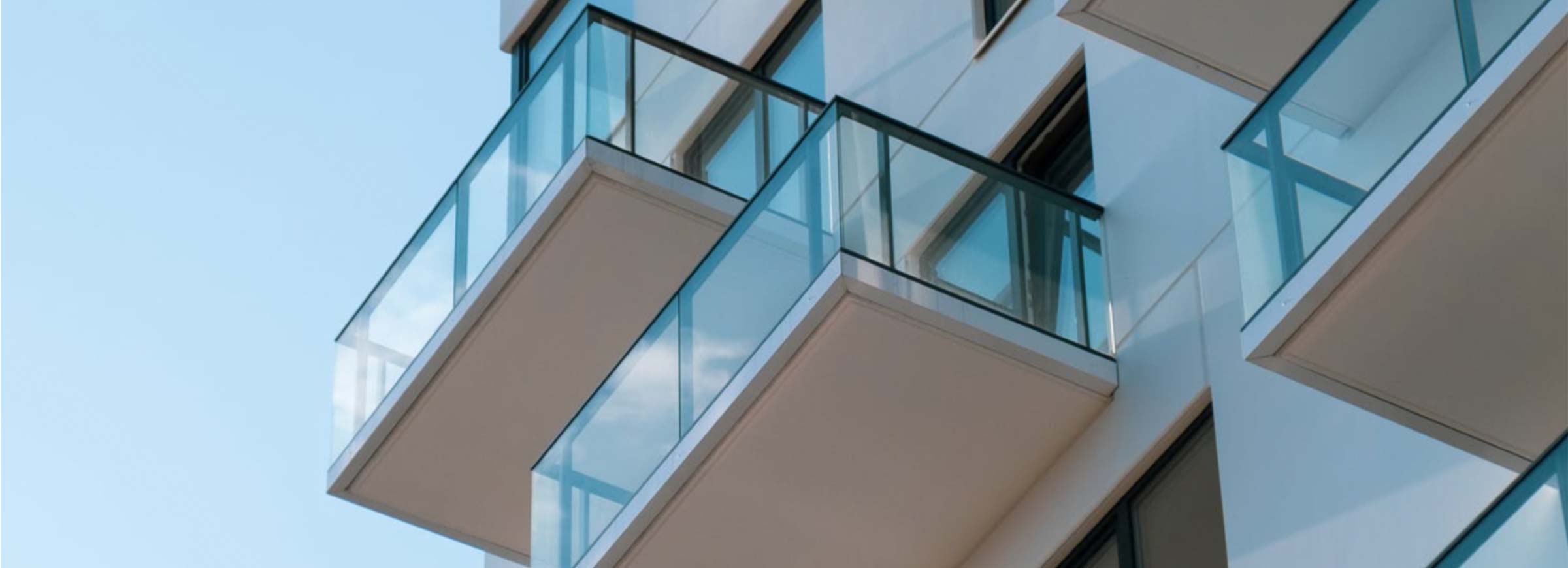Reducing Building HVAC Energy Consumption Without Changing Occupant Behaviour

Convincing groups of people to permanently change their habits to conserve energy is a battle that many Environmental Managers for commercial and residential property management companies try to avoid at all cost.
Why?
Because spending hours and resources to create a program that is unsupported by participants and yields few-to-no results can erode the credibility of the environmental directive and curtail the scope of future programs. Non-participant programs such as installing new HVAC equipment, adding motion sensors for LED lights, and reducing temperatures in common areas can help, but also be costly or carry unforeseen safety implications.
With existing residential and commercial buildings being the number one culprit for greenhouse gas emissions in North America, there are very few sure-win methods that Environmental Managers can implement post-construction to achieve measurable and consistent results. However, the industry consensus is that only a small percentage of conservation can offer large long-term returns in reducing environmental footprint and saving money in fuel usage.
Astute Environmental Managers are discovering effective ongoing conservation can be done without intervention or compromise from occupants by simply implementing a cutting-edge organic water additive into the existing HVAC boiler or chiller system.
HVAC Water Treatment Reduces Emissions and Costs
Environmentalism is the new tech market; however, insiders know there is no single silver bullet. Reducing emissions a few percentages at a time is the key, but any technology needs to withstand a basic cost-benefit analysis. One of the pivotal technologies to surge to the forefront in this effort is the energy-saving additive EndoTherm for hydronic heating and chilled systems. It has proven to reduce energy consumption by 10-15 percent with a low capital investment and no participation from the building occupants.
Monitored for nearly a decade in over 100,000 systems, EndoTherm has proven to significantly reduce overall heating/cooling costs and CO2 emissions. Safe to use on all building materials (plastic, steel, aluminum, and copper) and compatible with a wide variety of inhibitors, most operators have experienced a return on investment (ROI) in around 2 years.
How the Treatment Works
EndoTherm is the only product of its type on the market. When added to water-based heating and cooling systems, the treatment improves the heat transfer characteristics of the fluid by reducing the surface tension by 60%. [Figure 1] This improves heat delivery-to and exhaustion-from the building, allowing the structure to achieve temperature setpoints quicker. This results in systems running less frequently to maintain temperature, saving significant amounts of energy. Maintenance managers are often struck by the reduction in running temperatures of the system and the improvement to efficiency. The ease of implementation and use is also a standout quality, requiring little effort from maintenance staff to sustain performance.

BC Housing Case Study
BC Housing develops, manages, and administers subsidized housing options across British Columbia, working with about 800 housing providers and help more than 110,000 households.
The organization launched a successful small-scale pilot of EndoTherm on twelve buildings chosen by consistent energy consumption and no plans for changes or renovations. The project featured basic water treatment for corrosion control and the EndoTherm treatment to improve hydronic heat transfer and energy efficiency. The goal was to test if EndoTherm would be a viable solution to reduce energy consumption and GHG emissions.
Upon completion, a 3rd party audit and report conducted by the engineering firm, Morrison Hershfield, concluded that “EndoTherm provided a clear and measurable reduction of building gas consumption by at least 5%-8.4%. While this falls below EndoTherm’s average performance and verified lab results of 12-17%, public housing buildings have in-suite temperature control and sporadic heat loss from open windows which leads to greater variability in building energy consumption than typical residential buildings.”
The report went on to say “the EndoTherm treatment in the 12 buildings resulted in a 2300 gigajoule reduction in annual natural gas consumption, saving BC Housing $19,000 per year and lowering emissions by 118 tonnes of CO2 or the equivalent annual emissions from 25 passenger cars. The buildings have also benefited from the addition of corrosion inhibitors and site service to help extend the life of the HVAC equipment and maintain energy efficiency for years to come.”
Conclusion
The uphill climb for many environmental technologies is controlling the initial capital investment with only speculative data. Many programs with a low-cost entry carry a high risk of failure and a long simple payback. However, with nearly a decade of data backing the claims, a manageable cost entry, and short simple payback, EndoTherm has proven to be a critical addition to building HVAC operations. For Environmental Managers, that translates to an easy win.




